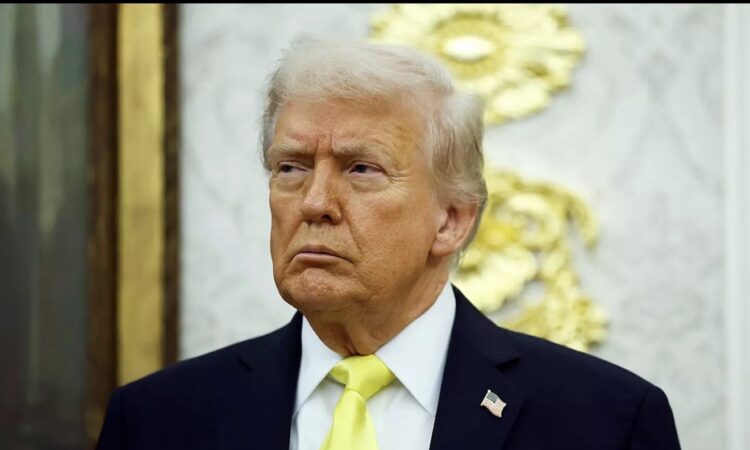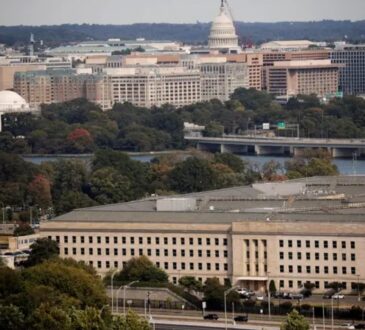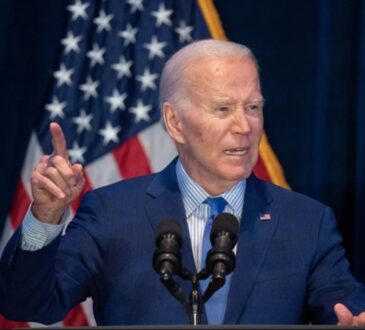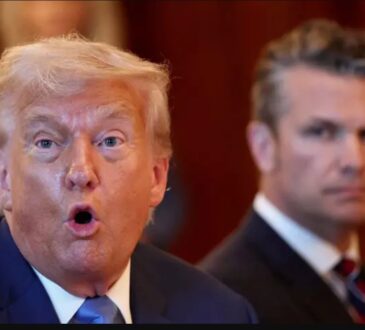How to check if you’re eligible as Trump announces plans to cancel student debt for millions of borrowers

Earlier this year, the White House decided to pause some student loan repayment plans, leaving millions of Americans uncertain about their financial future. But now, things are changing again. President Donald Trump has announced a new plan that will cancel student debt for millions of borrowers across the country. This means that many people who had once lost hope may now be eligible for student loan forgiveness once more.
The story goes back to the beginning of the year when the American Federation of Teachers (AFT) — a powerful union representing nearly two million educators and school staff — took legal action against the White House. They sued after the Department of Education suddenly stopped processing applications for affordable repayment programs. These programs had helped millions manage their student debt, and some even allowed full or partial loan forgiveness.
According to the AFT, the government’s decision broke federal law and unfairly hurt working Americans. By blocking access to programs like Income-Based Repayment (IBR), they argued, the administration left borrowers with fewer options. Randi Weingarten, the AFT’s president, strongly criticized the move, saying that freezing the student loan system only made life harder for people who had borrowed money to improve their education and build better futures. She accused the current administration of undoing the progress that the previous president had made to help 45 million Americans struggling with student debt.
After months of legal pressure and public debate, there’s finally been a breakthrough. On October 17, the AFT reached an agreement with the U.S. Department of Education. Under this deal, the Trump administration has agreed to start processing loan forgiveness applications again for borrowers who qualify under two major programs — the Income-Contingent Repayment (ICR) plan and the Pay As You Earn (PAYE) plan.
According to reports from CNBC, over 2.5 million borrowers are currently enrolled in these programs. That means millions of Americans may soon see relief on the horizon. However, the administration also announced that both ICR and PAYE will be phased out by July 2028 under what President Trump described as his “big, beautiful bill.”
For now, those with student loans can check if they qualify for forgiveness through the official Federal Student Aid website. The site explains that in certain cases, your federal student loans can be forgiven, canceled, or discharged — which means you may not have to pay back some or all of your loans.
Eligibility depends largely on your job and the type of loan you have. For example, people working in public service, education, or nonprofit organizations may qualify. Teachers, in particular, can apply for special loan forgiveness of up to $17,500 if they meet certain conditions. To be eligible, a teacher must work full-time for five consecutive academic years at a low-income school or educational service agency. Additionally, the loan must be a Direct Loan or part of the Federal Family Education Loan (FFEL) Program.
This renewed focus on student debt forgiveness marks an important moment for millions of Americans burdened by loans. For many, it could mean a fresh start — a chance to move forward financially after years of struggling to keep up with payments. The Trump administration’s deal with the AFT may not fix everything overnight, but it has reopened a path toward relief and stability for countless students and families across the country.




